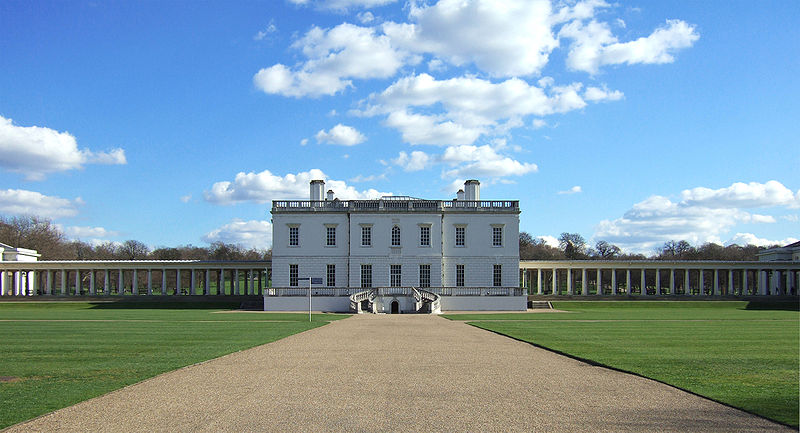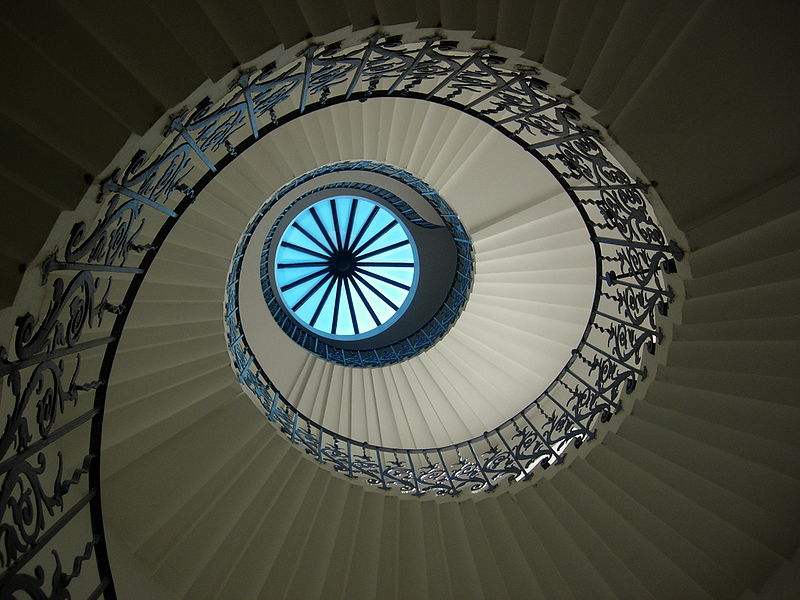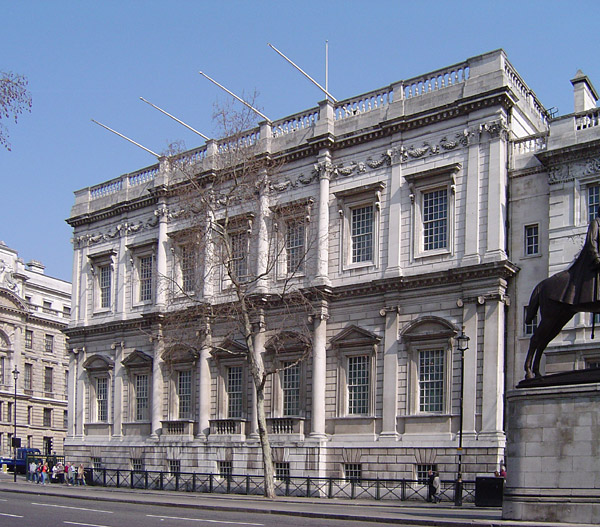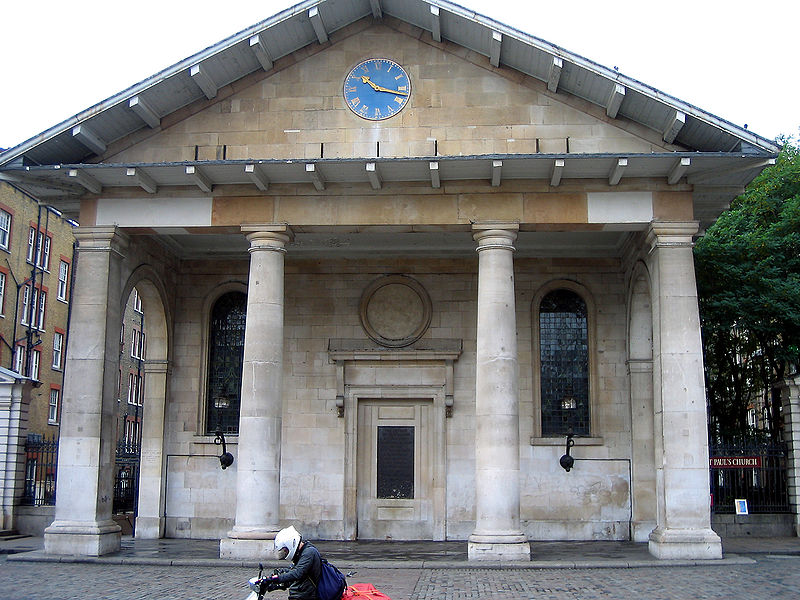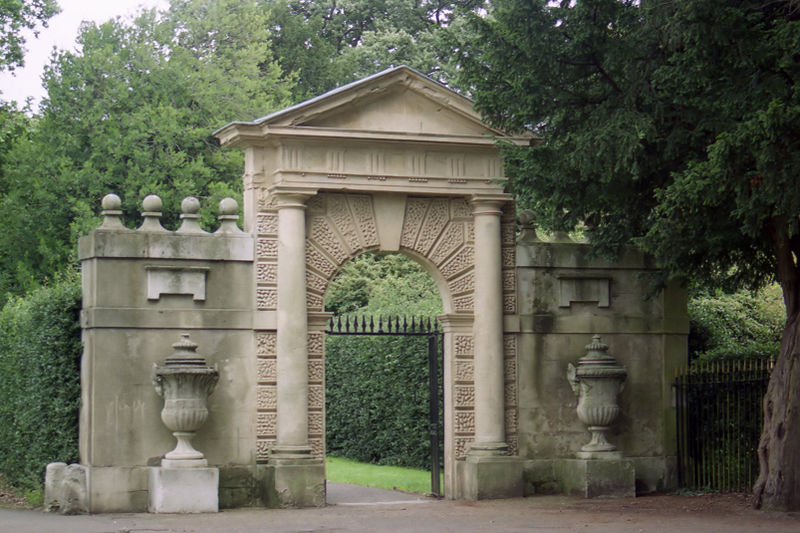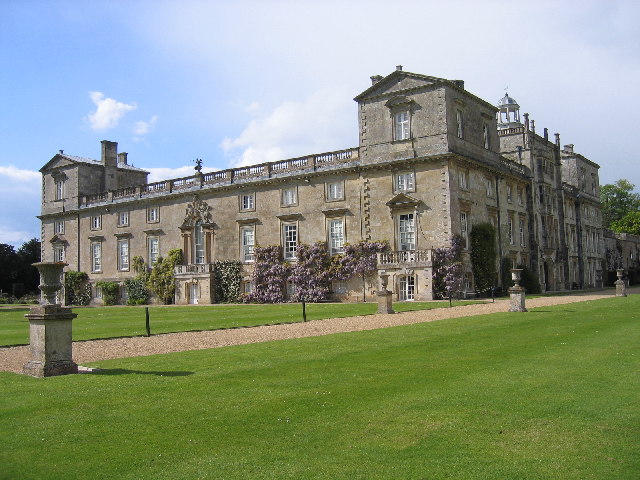<Back to Index>
- Mathematician Wilhelm Wirtinger, 1865
- Architect Inigo Jones, 1573
- 3rd Taoiseach of the Republic of Ireland Seán Francis Lemass, 1899
PAGE SPONSOR
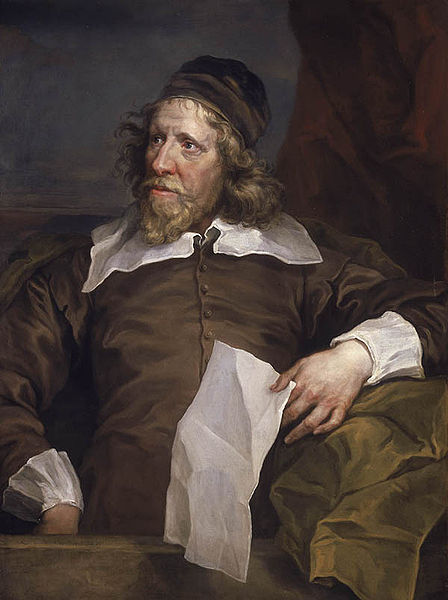
Inigo Jones (July 15, 1573 – June 21, 1652) is regarded as the first significant British architect of the modern period, and the first to bring Italianate Renaissance architecture to England. He left his mark on London by single buildings, such as the Banqueting House, Whitehall, and in area design for Covent Garden square which became a model for future developments in the West End. He also made major contributions to stage design by his work as theatrical designer for several dozen masques, most by royal command and many in collaboration with Ben Jonson.
Beyond the fact that he was born in Smithfield in central London, the son of a Welsh Catholic cloth worker, and christened at the church of St Bartholomew the Less, little is known about Jones' early years. But towards the end of the 16th century, he became one of the first Englishmen to study architecture in Italy, making two visits to that country. The first (c.1598 - 1603) was possibly funded by Roger Manners, 5th Earl of Rutland. The second, from 1613 to 1614, found Inigo in the company of the Earl of Arundel. He may also have been in Italy in 1606 and was influenced by the ambassador Henry Wotton and owned a copy of Andrea Palladio's works with marginalia that refer to Wotton. His work became particularly influenced by Palladio. To a lesser extent, he also held that the setting out of buildings should be guided by principles first described by ancient Roman writer Vitruvius.
Jones' best known buildings are the Queen's House at Greenwich, London (started in 1616, his earliest surviving work) and the Banqueting House at Whitehall (1619) – part of a major modernisation by him of the Palace of Whitehall – which also has a ceiling painted by Peter Paul Rubens. The Banqueting House was one of several projects where Jones worked with his personal assistant and nephew by marriage John Webb.
The other project in which Jones was involved was the design of Covent Garden square. He was commissioned by the Earl of Bedford to build a residential square, which he did along the lines of an Italian piazza. The
Earl felt obliged to provide a church and he warned Jones that he
wanted to economise. He told him to simply erect a "barn" and Jones'
oft-quoted response was that his lordship would have "the finest barn
in Europe". Little remains of the original church situated to the west
of the piazza. As well as his architectural work, Jones did a great deal of work in the field of stage design. He is credited with introducing movable scenery and the proscenium arch to English theatre. Jones designed costumes, sets, and stage effects for a number of masques by Ben Jonson,
and the two had famous arguments about whether stage design or
literature was more important in theatre. (Jonson ridiculed Jones in a
series of his works, written over a span of two decades.) As the Surveyor of Works to King Charles I, Jones worked for Queen Henrietta Maria on the design of a Roman Catholic chapel at Somerset House (an act that provoked great suspicion from the Protestants) and his career effectively ended with the outbreak of the English Civil War in
1642 and the seizure of the King's houses in 1643. His property was
later returned to him (c.1646) but Jones ended his days living in Somerset House and was subsequently buried with his parents in the Church of St Benet Paul's Wharf, the Welsh church of the City of London. John Denham and then Christopher Wren followed him as King's Surveyor of Works. It was in his capacity as surveyor that he was asked to conduct some measurements of Stonehenge. His was the first serious survey. He was an influence on a number of 18th century architects, notably Lord Burlington and William Kent. There is an Inigo Jones Road in Charlton, south east London (SE7). A bridge in Llanrwst, north Wales named "Pont Fawr" is also known locally as "Pont Inigo Jones" - Inigo Jones' Bridge.
